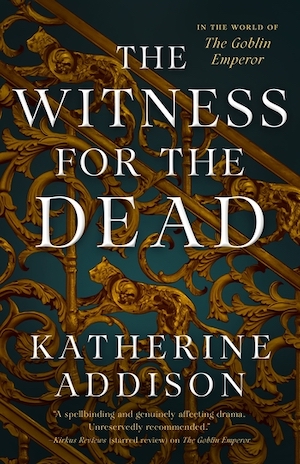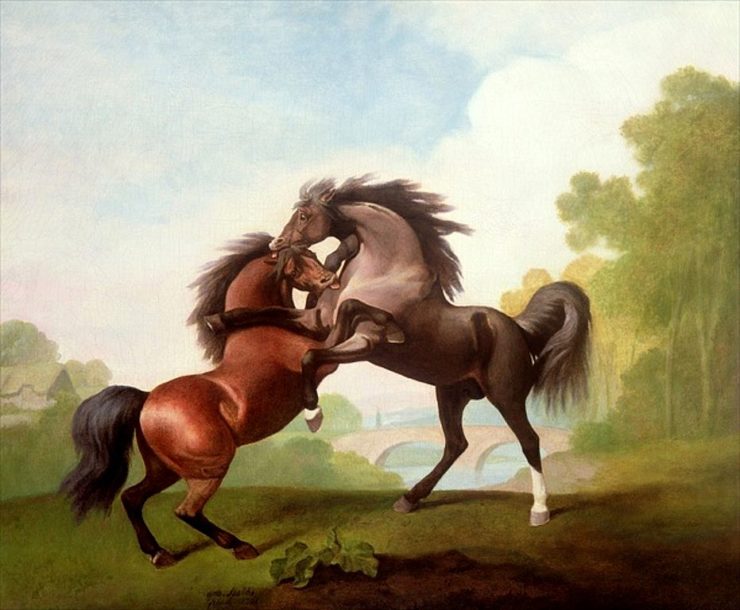2021 has been an amazingly, mind-blowingly, devastatingly chaotic year so far—and it’s still only January. In the US we’ve swerved from deadly insurrection to presidential impeachment to presidential inauguration, with a brutal sidecar of pandemic. On top of all that, the city of Tucson commemorated the tenth anniversary of the shooting in front of a supermarket that killed six people and severely injured several more, including our congresswoman, Gabby Giffords.
I remember that day all too clearly. I came home from Saturday-morning errands to the news that had been clanging through the multiverse: that a member of the US Congress had been shot in front of a supermarket. She was dead. She wasn’t dead. Others were dead, wounded. This many, that many. Shooter in custody. Lone gunman, had an accomplice, not political, yes political, nobody knew, though speculation was rampant.
That was my congressperson. That was my city that had been reduced to sound bites. The shock to us all was profound and lasting—just as it has been everywhere else that has seen its peace shattered by violence.
For me on the farm, surrounded by animals, and especially horses, the effect was not at all muted. But it was transmuted.
Seeing and feeling what had happened made me look at my animals just a little bit differently. I understood a few things that hadn’t been quite so clear before.
There’s a persistent belief even (especially?) among the scientifically minded that animals don’t have feelings like humans, that they don’t have the same emotions, or in fact any emotions at all. That they are, basically, biomechanical constructs, controlled by bodily needs and instincts. This reflects on the view of their intelligence, as well as on perception of what happens when they interact with the rest of the world.
Buy the Book


The Witness for the Dead
Lately, studies of various animal species, from dolphins to dogs to horses, have disproved some of these assumptions. Animals are demonstrating remarkably high levels of intelligence. Teaching a dog to read—that really blurs the line.
Horses are getting their share of attention, too. Verbal comprehension, social IQ—they’re not nearly as slow on the uptake as tradition would make them.
So, a question: Can a horse hate? Can or will they kill because they hate?
I’ll go ahead and say yes. I think they can. Is the hate exactly like what a human feels? I don’t know. I don’t think it matters. What matters is that there is a strong negative emotion, and it drives the organism to take action to remove the object of the emotion.
Another cherished assumption on the human side is that animals don’t kill gratuitously, and don’t get together to kill each other. Those humans have not seen a pack of dogs turn on a member who is weak or who has done something the pack does not approve of. And they certainly haven’t watched cats “play” with prey, torture it to death, and then not bother to eat it.
A horse is a herbivore, and as a herd animal they’re wired for cooperation, but that cooperation has distinct limits. Let anything at all threaten a mare or her baby, and it discovers right good and fast that this is not a gentle animal, but a very big, very angry, very dangerous one with hooves like hammers and teeth that can rip out your liver.
So, the behaviorist says, that’s plain self-preservation, driven by instinct. True enough, and also true of a human in a similar situation. But what about the horse who takes a dislike to another horse? Does that really happen?
Oh, yes, indeed. The most obvious case is the stranger—the newcomer who arrives and tries to join the herd. If he’s male, the stallion will run him off, with extreme prejudice. If she’s female, the stallion may try to breed her, but the mares will drive her off and, if she persists or argues, attack her. These attacks can be brutal and may turn fatal if the intruder won’t or can’t back down.
Within a herd or domestic turnout group, things can go bad for just about any reason. Adding a member, losing one, one becoming ill or lame, will precipitate changes in the always-fluid order of the herd, but sometimes one horse will take against another for no humanly discernible reason. It just happens. And then it’s war—with casualties.
It’s a nice bit of feelgood thinking to believe that animals are “better” or “purer” than humans. Do they nurse grudges and get revenge? Yes, that I know. I’ve seen it.
It was a small domestic herd, two mares and a younger, not yet mature filly who was the daughter of one of the mares. They were turned out together, played together, did everything as a group. They also, with their humans, went on rides together. Because taking the riding horses out meant leaving the filly, who was too young for it, alone in the pasture, sometimes the owner would take the filly along, ponying her on a leadline beside her mother.
One day on a long ride, the filly was feeling her brand-new hormones and getting rather lively. At one point she turned and very deliberately kicked at the other mare—landing a solid blow, though not injuring the rider or the horse.
The horse grunted and took it. The ride continued without incident.
The next morning, after a night in stalls and a couple of meals, the herd was turned out together as usual. They left the stalls as usual, headed for their usual hanging-out spots.
Except the mare who had been kicked. She hung back. As the others got out into the open, she launched herself at the filly, ears flat back, and kicked the living hell out of her. Completely out of the blue, if you buy the belief that horses live totally in the moment and never plan or think ahead. Except, of course, that it wasn’t out of the blue. The mare had taken all night to think about things, made a plan, and at the first opportunity, executed it.
I wish I could say the filly never did anything rude to this mare again, but she was a hormonal kid and she found other ways to be a pain in the collective hindquarters. But she never did try a repeat of the spin-and-kick routine while on a ride.
Believe it or not, I don’t find this line of thought depressing. Somehow, in fact, it comforts me. The thought that we’re all on a continuum, that humans aren’t the only animals who think past the instinctual basics, makes the world seem bigger, wider and more varied.
I’m a claustrophobe. I like lots of room—mentally and emotionally as well as physically. I like the idea that the animals around us are thinking and feeling beings, too; that they have things in common with us (even negative ones).
And, all right. I’ll admit. I do think they have an edge over many humans, in how they process their emotions. That living in the present thing, if rather grossly simplistic, allows them to think, plan, act—then let it go. Drop it. Move on.
A horse who punishes another horse for an infraction does it fast, hard, and clear. Once it’s done, that’s it. It’s over. She isn’t likely to brood over it. She gets back to the business of living: eating, drinking, hanging with her herd or her humans.
I’m not saying she forgets. She doesn’t. Horses have outstanding long-term memory. She’ll remember what happens, and learn from it.
We can learn from her. And, even more: Horses have a fundamental calm. A human who spends a lot of time around them can pick up that calm, and carry it into the human world, too.
Calm. Clarity. Cooperation. And honesty—horses are completely honest about what they’re feeling or thinking. Horses don’t lie.
Humans seriously could use more of that.
Judith Tarr’s first novel, The Isle of Glass, appeared in 1985. Since then she’s written novels and shorter works of historical fiction and historical fantasy and epic fantasy and space opera and contemporary fantasy, many of which have been reborn as ebooks. She has even written a primer for writers: Writing Horses: The Fine Art of Getting It Right. She has won the Crawford Award, and been a finalist for the World Fantasy Award and the Locus Award. She lives in Arizona with an assortment of cats, a blue-eyed dog, and a herd of Lipizzan horses.










